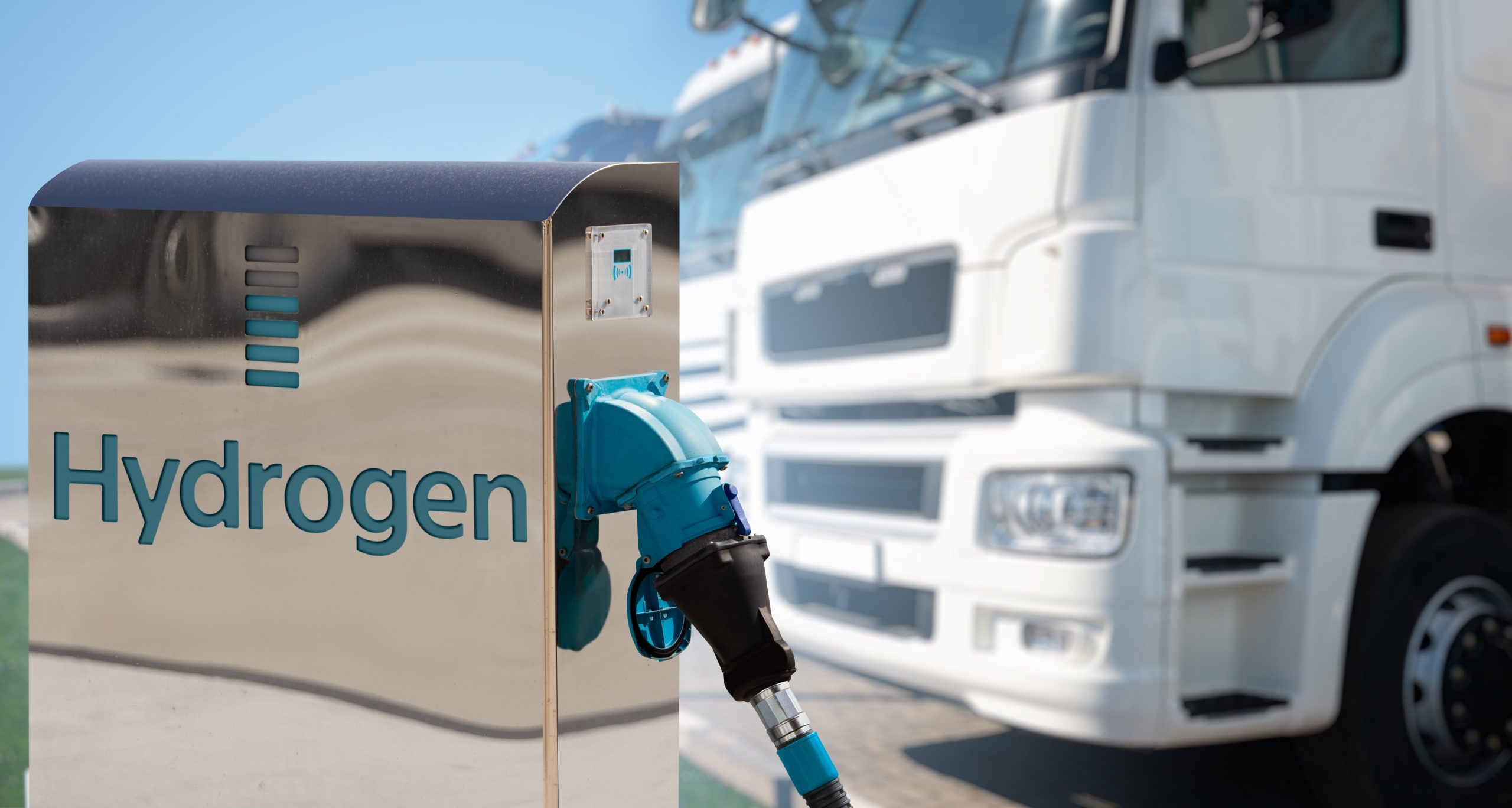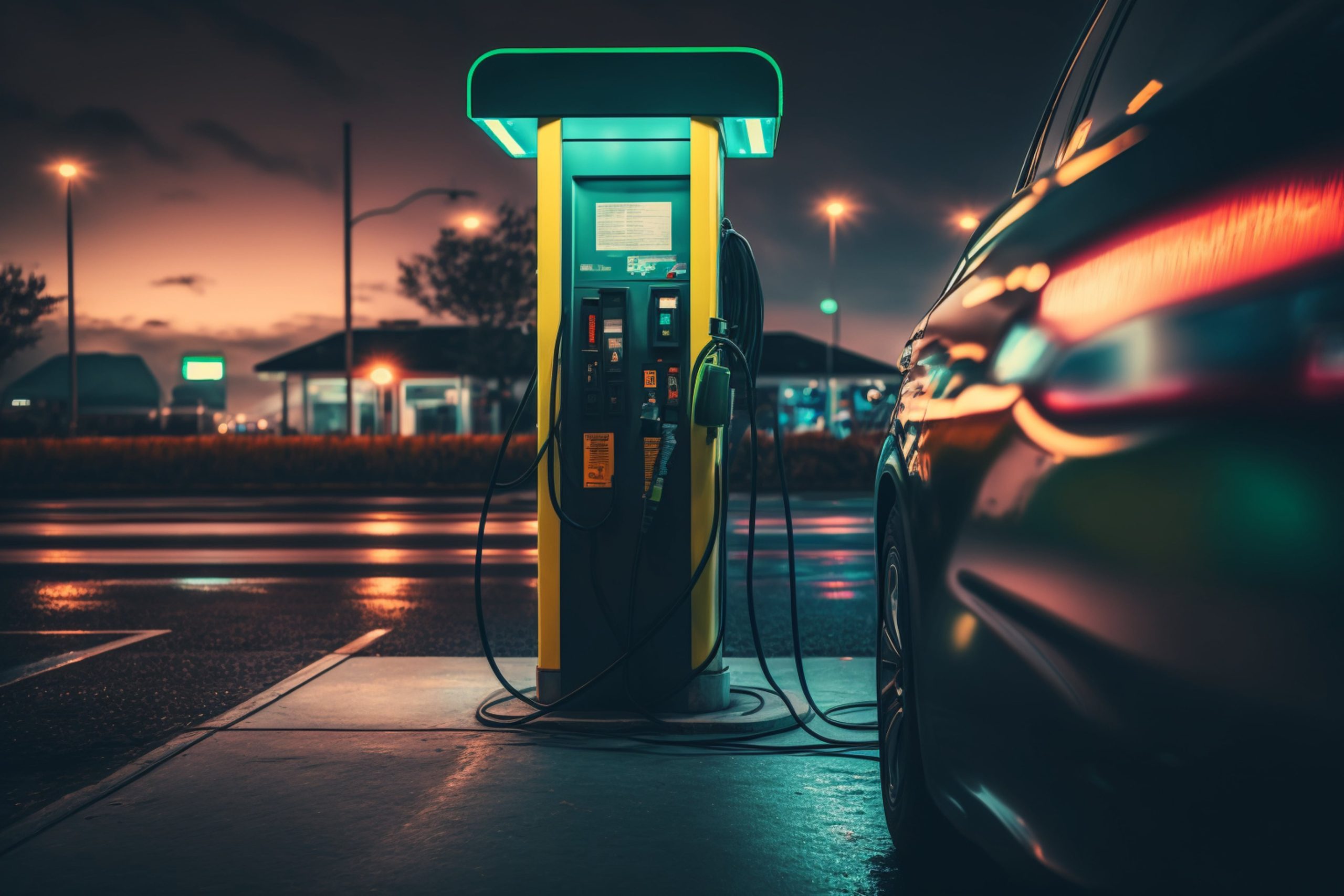PEM Electrolyser Technology will Boost Number of Hydrogen Refuelling Stations

Decentralised PEM electrolyser technology could address the lack of hydrogen refuelling stations across Europe ahead of the deadline to end fossil fuel truck sales by 2040. Hydrogen Industry Leaders highlights how this will help ensure the transport industry meets its decarbonisation goals.
The Society of Motor Manufacturers and Traders (SMMT) has urged the UK Government to set out plans for HGV hydrogen refuelling stations, as the logistics and transportation sectors strive to cut emissions in line with net zero targets. SMMT has said it is concerned that the deadline will be missed without immediate action.
However, according to engineering specialists at IMI Critical Engineering, the development and uptake of PEM electrolyser technology could help to bridge the gap between the current lack of hydrogen refuelling stations and future fleet decarbonisation.
Specifically, the company is highlighting the importance of decentralised solutions that produce green hydrogen on-site at logistics and transportation firm depots.
PEM electrolyser technology can help the transport industry meet net zero
Jackie Hu, Divisional Managing Director for IMI Critical Engineering explained that transitioning HGVs to sustainable fuels will be key to: “Ensuring the UK’s and Europe’s logistics and transportation industries hit key emissions and decarbonisation targets. The SMMT is right to voice its concerns about a lack of hydrogen refilling stations, which is being echoed in other European markets.”
However, regardless of insufficient infrastructure, immediate solutions must be found to ensure the sector can make the change as smoothly as possible.
He continued by expressing that deploying small, turnkey electrolyser solutions that draw power from green energy sources at fleet depots and business premises could: “Be a vital first step for organisations looking to use hydrogen for power-to-mobility purposes.
“Combined with other on-site equipment, such as low-pressure buffer tanks for storage and high-pressure compressors required for refuelling, these solutions could help alleviate the sector’s concerns.”
Businesses must focus on adopting greener practices
The IMI VIVO PEM electrolyser, which produces green hydrogen from renewable sources such as solar and wind power, has been designed for organisations with power demands between 100kW to 5MW that may fall below the threshold for larger solutions in the market.
According to Jackie, this smaller size, alongside IMI Critical Engineering’s technical expertise in developing and providing ancillary equipment, makes it well-placed for businesses looking to implement hydrogen in their energy mix and ongoing operations.
He said: “Hydrogen is going to play a crucial role in the transition to cleaner and more sustainable energy sources, and electrolyser technology will be key to this.”
It cannot be denied that there are challenges ahead when it comes to decarbonising the HGV and logistics sector, which is why businesses must seek out suppliers who can assist with these efforts.
As regulations become stricter in the UK and Europe, it is becoming increasingly more important that businesses adopt greener practices. IMI Critical Engineering can help to support this by providing low-pressure hydrogen storage technology and smaller electrolysers.
This partnership can give organisations a competitive advantage by securing their hydrogen supply and help them lead the way in the transition to net zero.

